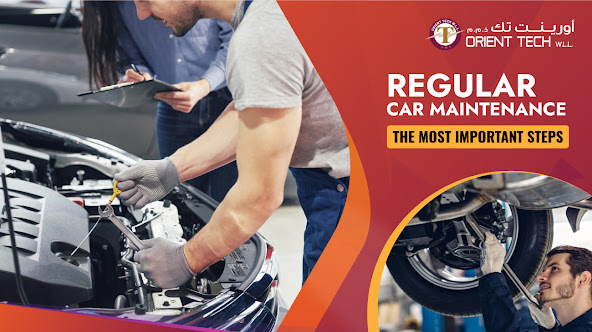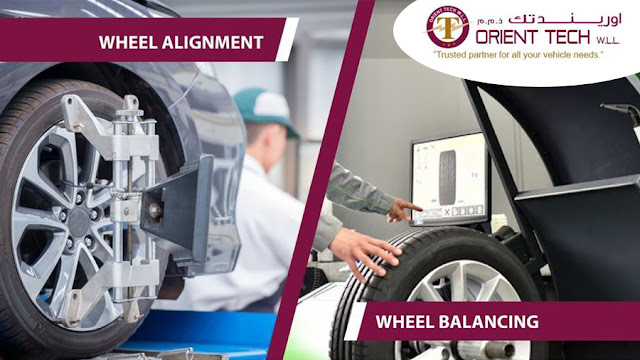Regular Car Maintenance: The Most Important Steps
Regular maintenance and control of vehicles
Regular maintenance and checks help to maintain the vehicle's value and identify any defects at an early stage. You can do some inspection and maintenance work yourself; others should be left to a specialist.
The inspection in the workshop
A manufacturer-specific inspection in the specialist workshop usually includes a check of the safety-relevant components of the vehicle and various items, such as an oil change with filter and changing the cabin filter. This maintenance work should be carried out regularly. The workshop usually also checks the antifreeze protection of the engine coolant, as well as the level and condition of the servo fluid and the brake fluid. The condition of the battery and the unit drive belts are also usually checked. The correct air pressure and condition of the tires should also be part of the inspection. Often the work involved is offered at a complete price. The work carried out should be documented by the workshop in the vehicle's check booklet. Regular inspection in a specialist workshop is particularly recommended for relatively new vehicles that are still within the warranty period. In the event of a warranty claim, you can then prove that the vehicle has been regularly and professionally serviced, which can help to enforce any warranty claims against the manufacturer.
Regular checks outside of the maintenance intervals
You can also subject important vehicle components and fluids to regular visual inspections outside of the maintenance intervals. This allows you to uncover incipient defects before major damage occurs. A look under the bonnet allows you to check visible cables and radiator hoses. The fill level of the engine coolant and its optical condition can also be checked thanks to the transparent container. If oil streaks appear in the cooling water, the cylinder head gasket could be defective. If the vehicle in question has an oil dipstick - some modern vehicles only have an electronic sensor - you can use it to check not only the oil level, but also the condition of the engine oil. All lighting equipment and direction indicators (turn signals) can occasionally be checked yourself; a second person should help with the brake lights. You should also check the first-aid kit for completeness and expiry date, as well as the presence of the warning triangle and its correct function. Occasional greasing of the door hinges and door straps with an appropriate lubricant can also be carried out yourself.
Check tires regularly
You can also easily check the condition of the tires yourself from time to time. First of all, check whether the tires have any visible damage, such as cracks in the material surface or dents on the tire sidewall. In this case, the tire in question should be replaced. You can also check the tread depth yourself and thus also whether the tires can still be used for some time or whether they are due to be replaced soon. A tread depth gauge, which can be purchased for a small amount of money, is a good help in this work. You should also take a look at the tread of the tire, not just to detect damage. If the profile is worn unevenly, for example, more on the inside of the tire than on the outside, then the track of the vehicle can be adjusted. The then necessary wheel alignment is again a case for the professional.
What you shouldn't do yourself
Not all components and systems of the vehicle should be serviced and repaired by laypeople, even if manual skills are definitely available. You should not maintain safety-relevant components, such as the brakes, yourself if you are not absolutely skilled and have the appropriate training. The chassis and steering should also be inspected and serviced by a competent person. The general rule; if in doubt, you should entrust a specialist workshop. On the other hand, you can easily and regularly carry out some simple maintenance work and checks yourself.
Self-help guides provide important advice
Various publishers offer self-help instructions in book form, which are tailored to the respective vehicle model and a specified construction period. Numerous maintenance steps are described in detail and instructions for self-help in the event of problems are given here. It also contains information on isolating the causes of errors, as well as drawings of the vehicle tool components, which simplifies troubleshooting. Tables provide information about the data of the various engines and the fill quantities of engine fluids. The books also provide helpful information about what work you can do on the vehicle yourself and what work you should leave to a specialist workshop.



Comments
Post a Comment